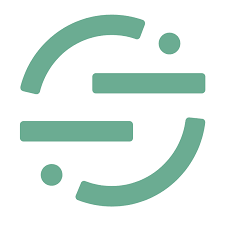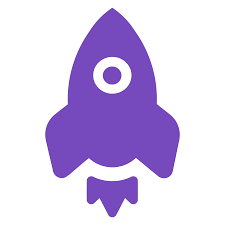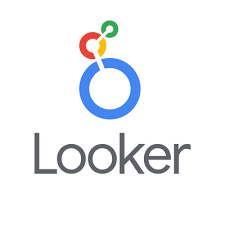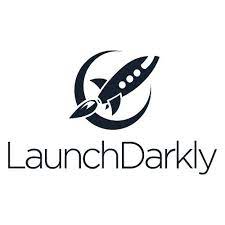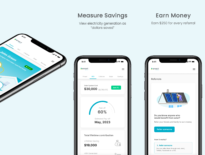I joined Aurora Solar in 2019 as a founding product manager. Over 2.5 years I had the opportunity to influence product management across the company. We navigated hypergrowth and executed a multi-year platform rebuild to take the company from Series A to Series C1.
The company today has captured the majority of the US market for residential and commercial solar software, has a Series D valuation of $4b, 600+ employees and continues its expansion globally.
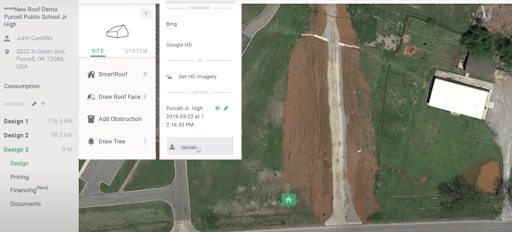
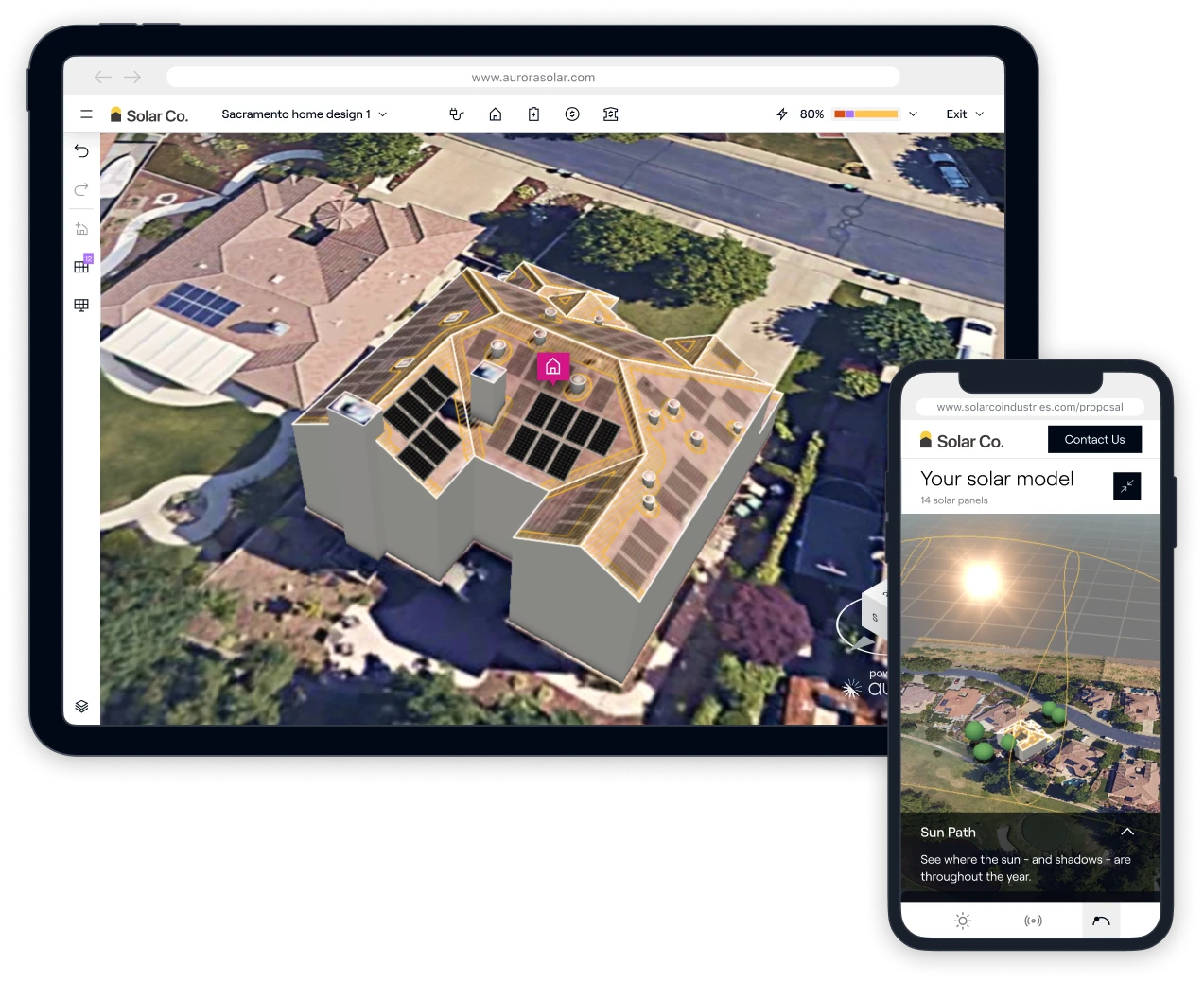
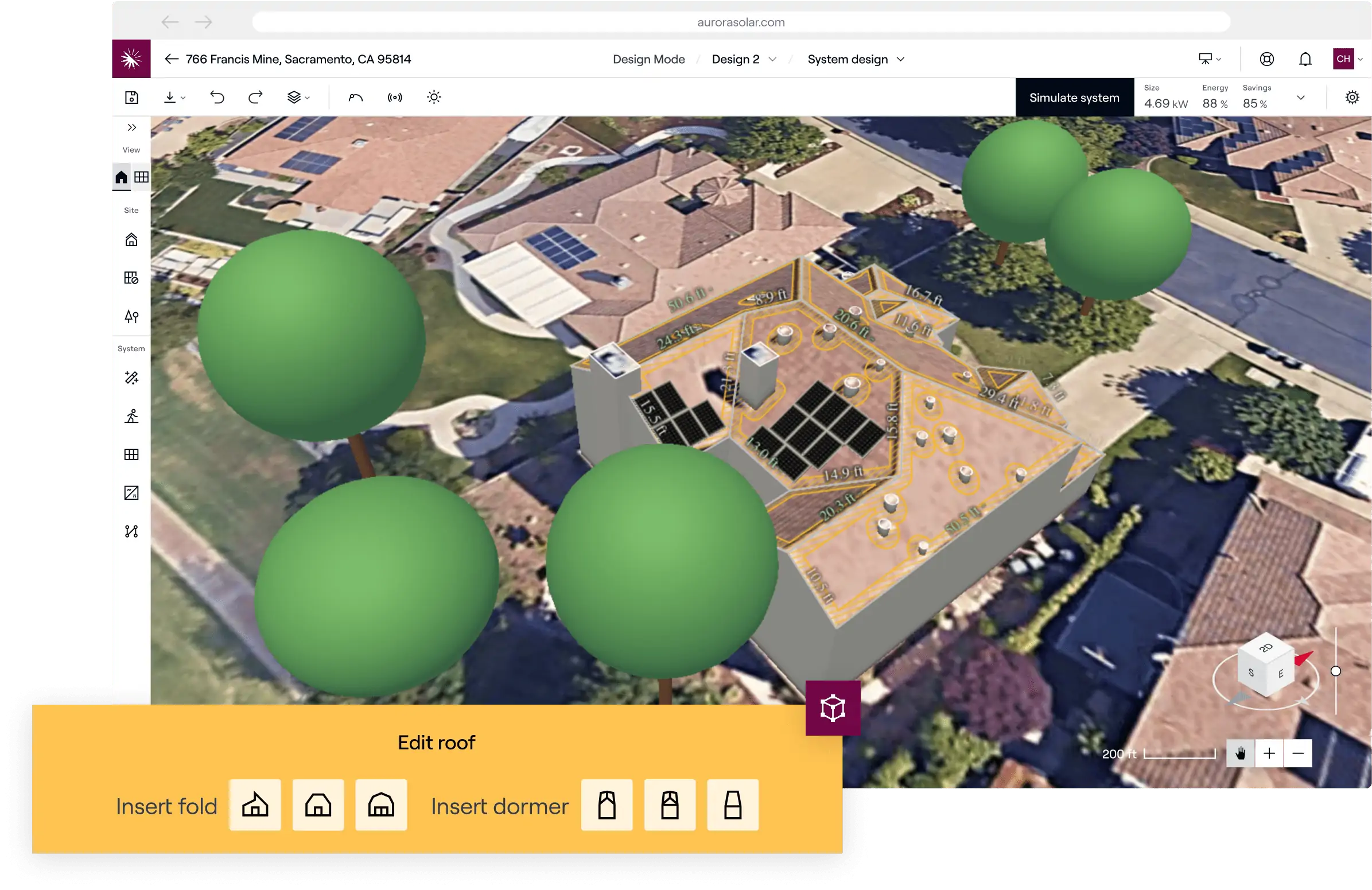
We’ve grown our team 8X, our solutions are used by 90% of the top U.S. residential solar contractors, and we’ve been globally recognized — including “Forbes AI 50” (2022).
Highlights:
Senior Product Manager for Core product: high-visibility leadership role requiring close coordination with management, mentorship of other PMs and collaboration with cross-functional teams.
Foundational contributions: introduced process and tools including a) unified roadmap and prioritization framework, b) OKRs and c) infrastructure to enable data-driven decisions (behavioral analytics, feature flags and phased rollout).
Built scalable process and teams: guided the transition to a more scalable team structure based on dedicated pods. Refined organizational structure over time, incubating new teams and pods dedicated to API, Product Marketing, Design System and User Research.
Situation: Multi-year platform rebuild
v1 Product: Technical tool for SMB designers
Aurora v1 was built around the technical needs of a solar designer and focused on the SMB market segment. Product and Engineering was organized into three teams: product, platform and R&D. I worked closely with the co-founder, head of growth and designer on foundational strategy and user needs. Over the first 3 months we conducted market and user research to define personas, user needs and product vision to guide the next iteration.
v2 Growth Product: Design Mode + Sales Mode
The next iteration of the platform would be focused on the needs of sales users and Enterprise customers. This required an overhaul of the core technology and the creation of a new set of mobile-friendly features to design and sell solar.
Along the way we would: split into pods, rebuild the front end in React, create the design department, develop capabilities for continuous integration and continuous delivery, double-down on data and develop a GTM team.
Step 1: Overhaul process and team structure
Cross-functional pods
We needed to expand and reinvent the product team. I helped create the initial structure for 5 cross-functional pods, each dedicated to user needs within a specific product area (Design, Financing, Proposal, Core and DevOps). I was responsible for enabling user success from login to project creation, for welcoming and guiding new users, and with account setup including settings, billing and user permissions. I also owned our design system and behavioral analytics.
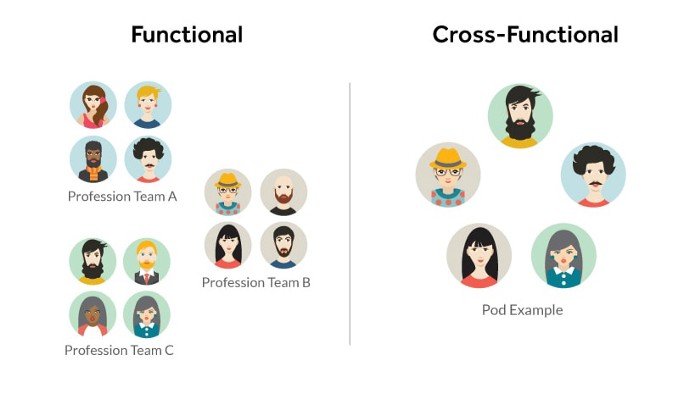
Prioritization framework
With many ideas and competing priorities, we needed a way to translate strategy into features. We moved from spreadsheets, scoring opportunities via the RICE framework to Aha! and ultimately settled on ProductBoard. Our process for gathering requirements evolved as the company grew. We initially hosted a monthly roundtable with Sales and CS to hear about new customer requests and to share progress. By the time I left we I had organized a system that consolidated customer requests across market segments into opportunities for feature development, assigned to each PM for prioritization based on dollar value and level of effort.
The team was passionate about our mission and could tend towards perfectionism. Agreeing on the definition of “MVP” and “done” would help accelerate progress.
- Product briefs: crisp product briefs summarized business strategy, user goals, MVP scope and GTM dependencies
- Design sprints and prototypes: showed end-to-end functionality and primary user flows for company and customer feedback
- Deploy quality working code: created automated tools for bug reporting, company-wide “pizza testing” and bug bounty process
Step 2: Attract and hire great people
Maintain culture
Great products are built by talented people united by company mission and values. While many aspects of software creation scale easily, team culture is vulnerable to disruptions as a company grows. In the early stages, close-knit working relationships amongst relatively homogenous Stanford grads created conditions of trust, strengthened by shared affinity for the mission to “create a future of solar energy for all”. Hypergrowth and the abrupt transition to remote-first work put employee morale at risk.

Adapt hiring process
One of the many things Aurora got right was the hiring process. We knew it was critically important to attract, hire, develop and retain the best people. Growth presented a unique opportunity to build a more diverse, equitable and inclusive workforce. I was part of the working group that drafted our DEI principles, which included specific targets for disability inclusion, gender equity, racial equity, age diversity and LGBTQ+ inclusion. We increased diversity in our candidate pool by revising sourcing channels and job descriptions.
With the exception of a small number of technical roles, we reduced weighting for prior solar experience. We could teach new hires about our industry, users and product. Candidates needed to be highly proficient in their domain, and must receive high scores on cultural fit from a cross-functional interview panel.
Alignment in job descriptions, hiring process and panel design leveraged our team to become brand ambassadors able to consistently identify candidates with high signal of ability and fit. This revamped hiring process allowed the team to grow from 35 to 350 over 2 years. The company was able to successfully increase diversity, equity and inclusion, while maintaining the culture of trust and mutual support incubated by the Seed-to-Series A team.
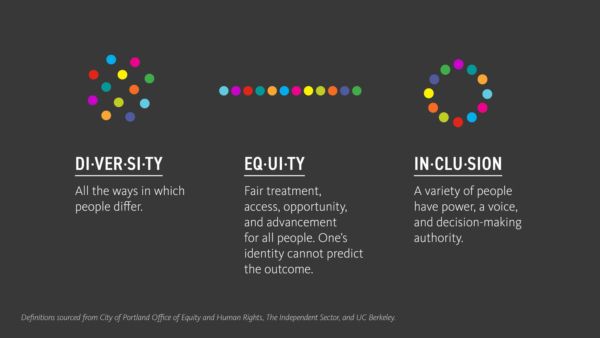
Step 3: Invest in data and design
I was able to guide investments in two areas that grew our capacity to consistently deliver value.
Data-driven decisions
I was the “Amplitude evangelist” who expanded, maintained and leveraged behavioral analytics to inform data-driven decisions on what to build. I helped implement Pendo and LogRocket for product-led growth and Segment plus Looker for cross-silo reporting.
My team instrumented front-end and back-end events and maintained our taxonomy (ensuring that metrics were clean and easy to understand). I personally designed and maintained dashboards and reports for user segments (based on account type, user type, most to least engaged and trial vs paid), user journeys, Northstar metrics and top 50 events.
I was able to mentor and support other PMs with usage of behavioral analytics. I routinely made myself available to cross-functional team members (sales, CS, PMM, data analyst) to leverage behavioral data for specific questions or to excel in their role.
Tools used: Amplitude, Pendo, Segment, LogRocket, Looker, LaunchDarkly
Design + User Research
I made early contributions to UX at Aurora (via rapid prototyping, user segmentation and v1 design system), bringing on our first product designers and Head of Design. I led the use of generative and evaluative research to de-risk the v2 platform rebuild (Design + Sales mode).
- Customer interviews: gather user insights segmented by company size, location and role
- Prototype testing: gather early feedback on platform rebuild
- User research: study design, recruitment, session guidance and synthesis of findings
Step 4: Unified roadmap and phased roll-out
With strategy, process and infrastructure in place, the final phase was orienting the team towards rapid execution.
Unified roadmapping
Generated cross-pod roadmap to organize release phases, track dependencies, adjust scope and maintain company-wide visibility on release readiness to accelerate launch of v2:
- QoQ on-time feature delivery with company-leading “pod health”
Phased roll out
I used Amplitude and worked with a data scientist to identify customer segments for targeted rollout and beta testing:
- Define segments: Identify groups of customers most likely to benefit from functionality contained in beta release
- Release planning: Create release groups comprised of multiple segments, gather qualitative + quantitative data via user interviews and in-app feedback
- Result: On-time release to 100% of targeted users for beta testing
Company Mission
Our mission at Aurora Solar is to create a future of solar energy for all. We aim to reflect that inclusivity in the people who imagine and build our product by creating an environment where diversity is cherished and where anyone—regardless of background—can thrive. We strive to always do better and know that by empowering people, we can power the planet
Values
- Build what matters
- Challenge assumptions
- Outcome over ego
- Stay curious, stay ahead
- Power our customers
- We’re in this together
- This growth was achieved amidst considerable challenges presented by the COVID-19 global pandemic. ↩︎


